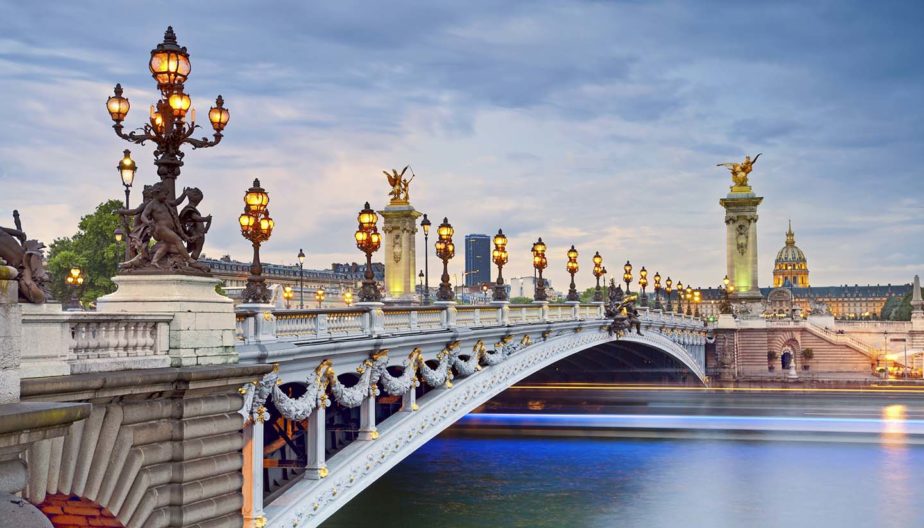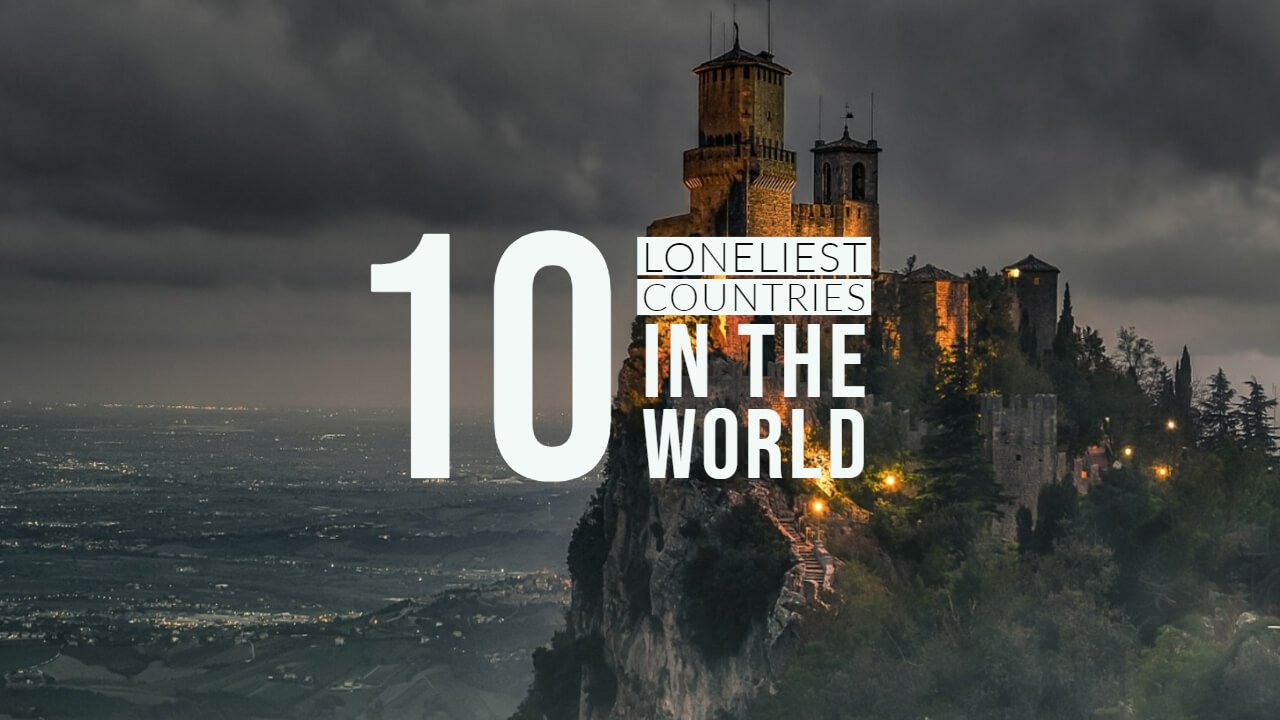Paris is located in France. If you are going to Paris then you should visit these top 10 places. These places make your trip more amazing.
Montmartre
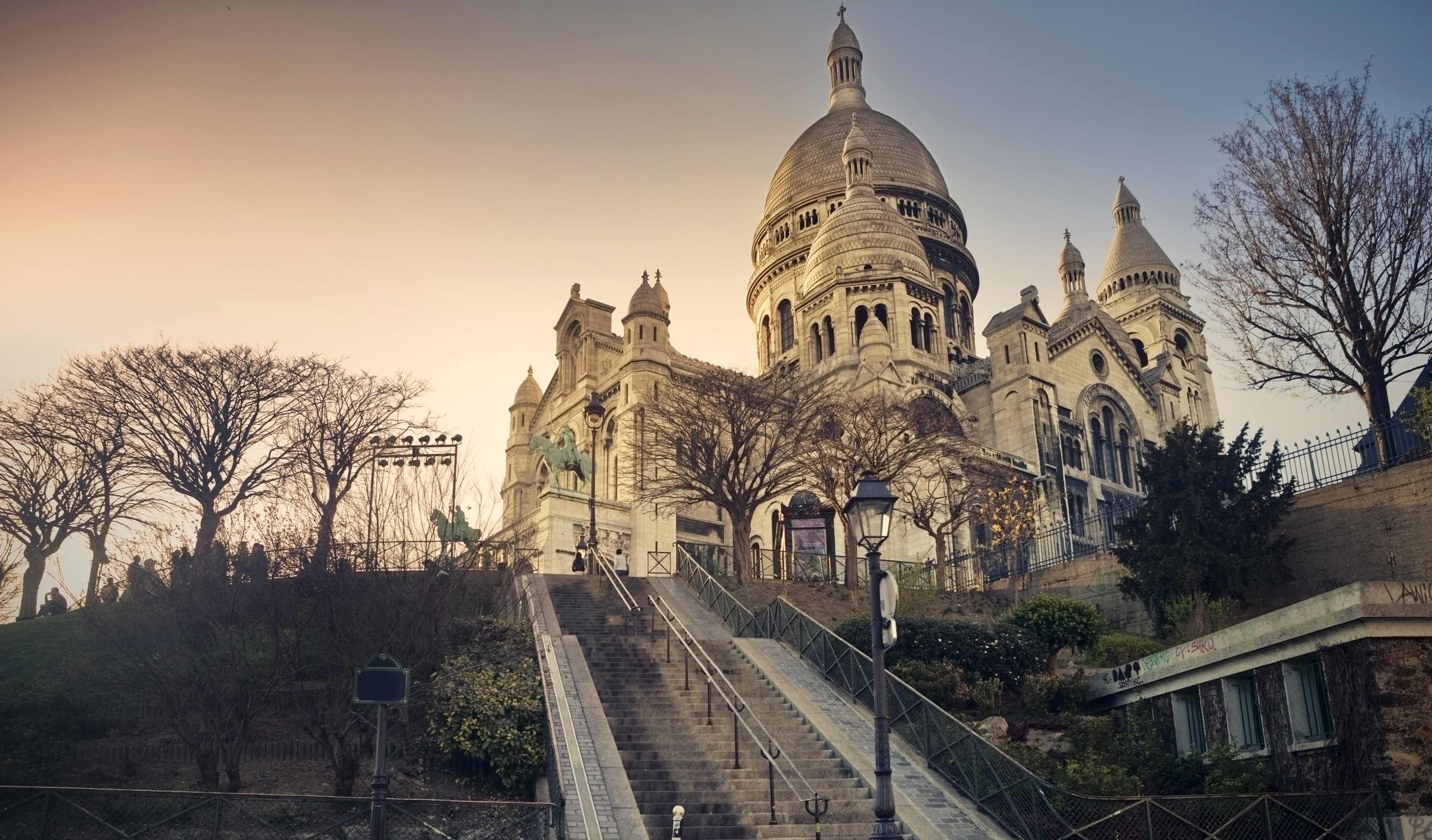
Montmartre is a charming hillside neighborhood with amazing views of Paris. It was a popular spot for world-famous artists who worked and lived in Montmartre and around. Even today you will see painters and other artists working on their next work of art. At the top of the hill you will find the famous Sacré-Cœur basilica, an important political and cultural monument and an architectural marvel. Don’t miss the Church of Saint-Pierre next door and adorable small vineyards close to the Montmartre Museum. At the foot of the hill there is a famous Moulin Rouge, the historic birthplace of French cancan dance. Moulin Rouge is now a popular tourist attraction, offering musical dance entertainment shows.
Notre – Dame
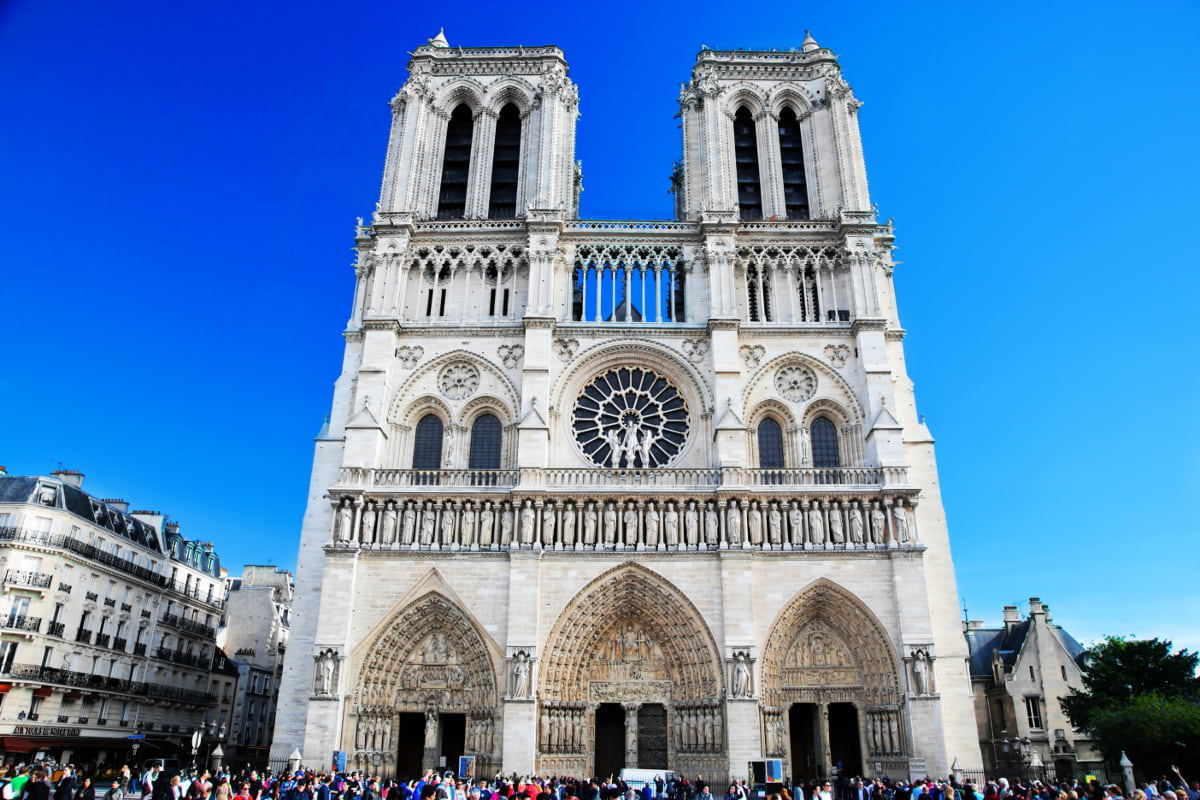
Notre-Dame de Paris meaning “Our Lady of Paris” is a famous medieval gothic cathedral located on the island in the center of Paris called Île de la Cité. The cathedral is full of impressive gothic elements and architectural details. Notre-Dame was largely completed in 13th century and was badly damaged during the French Revolution until it was rescued from destruction by Napoleon who used the cathedral to crown himself emperor of the French. The cathedral is widely known for the story of Hunchback of Notre-Dame by Victor Hugo. Don’t miss the nearby Conciergerie, a former medieval royal palace and a prison during French Revolution, now mostly used for law courts. It was also the last prison to hold Marie Antoinette. You can walk around the island and imagine what life in Paris was like centuries ago on its beautiful authentic streets.
Catacombs Of Paris
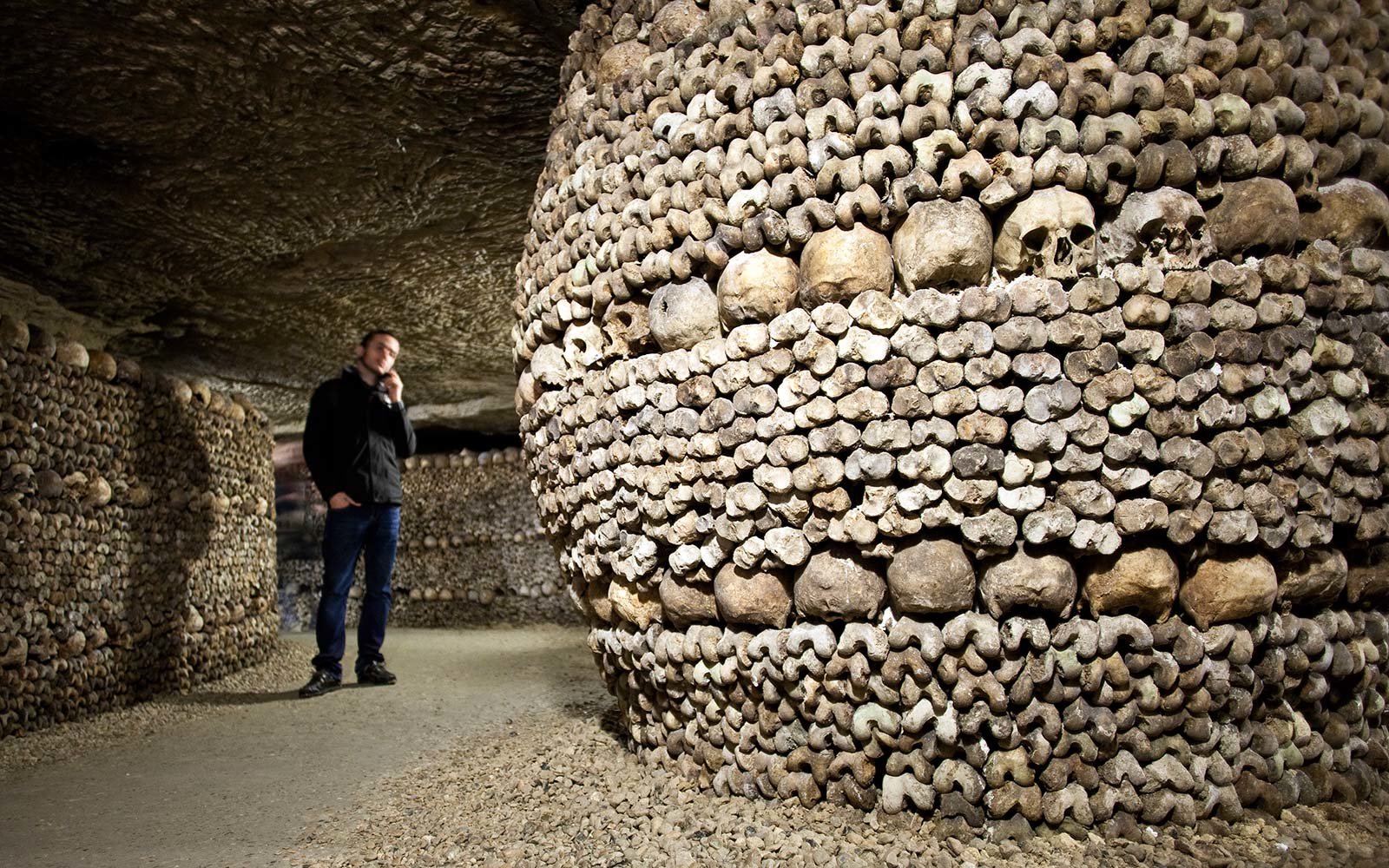
Discover the impressive underground Paris by visiting the Catacombs of Paris, a shadowland of underground tunnels and galleries underneath busy Parisian streets. The ossuary known as the catacombs date back to the 18th century when the remains of over six million people were moved into underground tunnel network of former stone mines to reduce the growing number of cemeteries in Paris. While you walk through the tunnels you will see the signs of the streets you are under as well as the names of the original cemetery locations from where the remains were moved.
Eiffel Tower
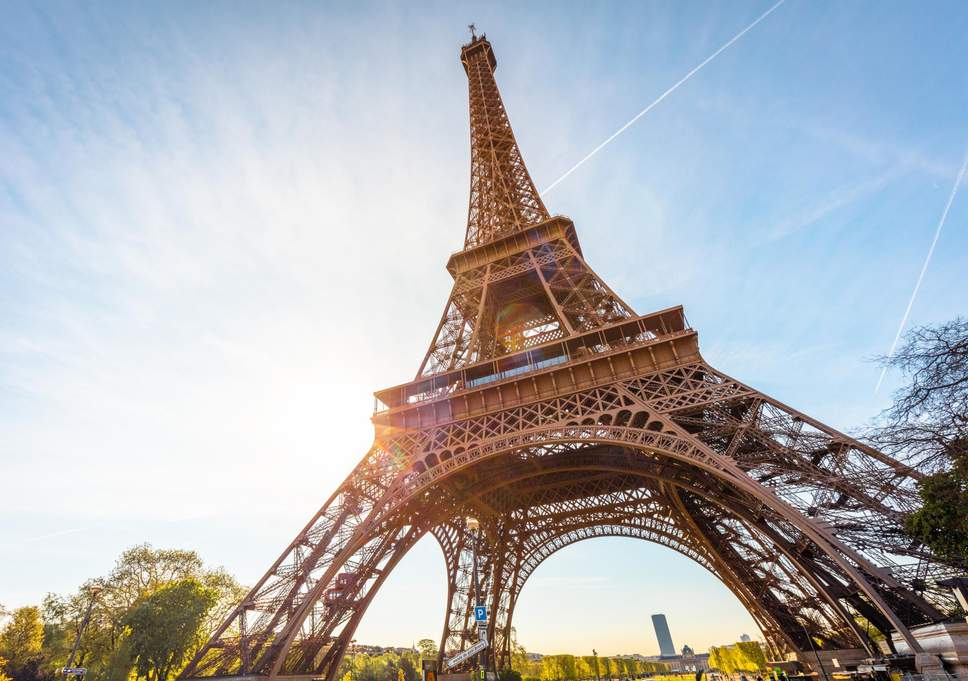
Eiffel Tower is one of the most recognized world attractions and most-visited paid monument in the world. Including the tip, Eiffel Tower is 1,063 ft tall and is the tallest structure in Paris. It was constructed in 1889 by the company owned by the engineer Gustaf Eiffel as the entrance to the 1889 World’s Fair and was originally supposed to be demolished after. It has initially met with criticism from many famous Parisian artists. The tower offers three floors and to reach the second one you can even climb the 674 stairs if you don’t feel like taking the elevator.
Museums
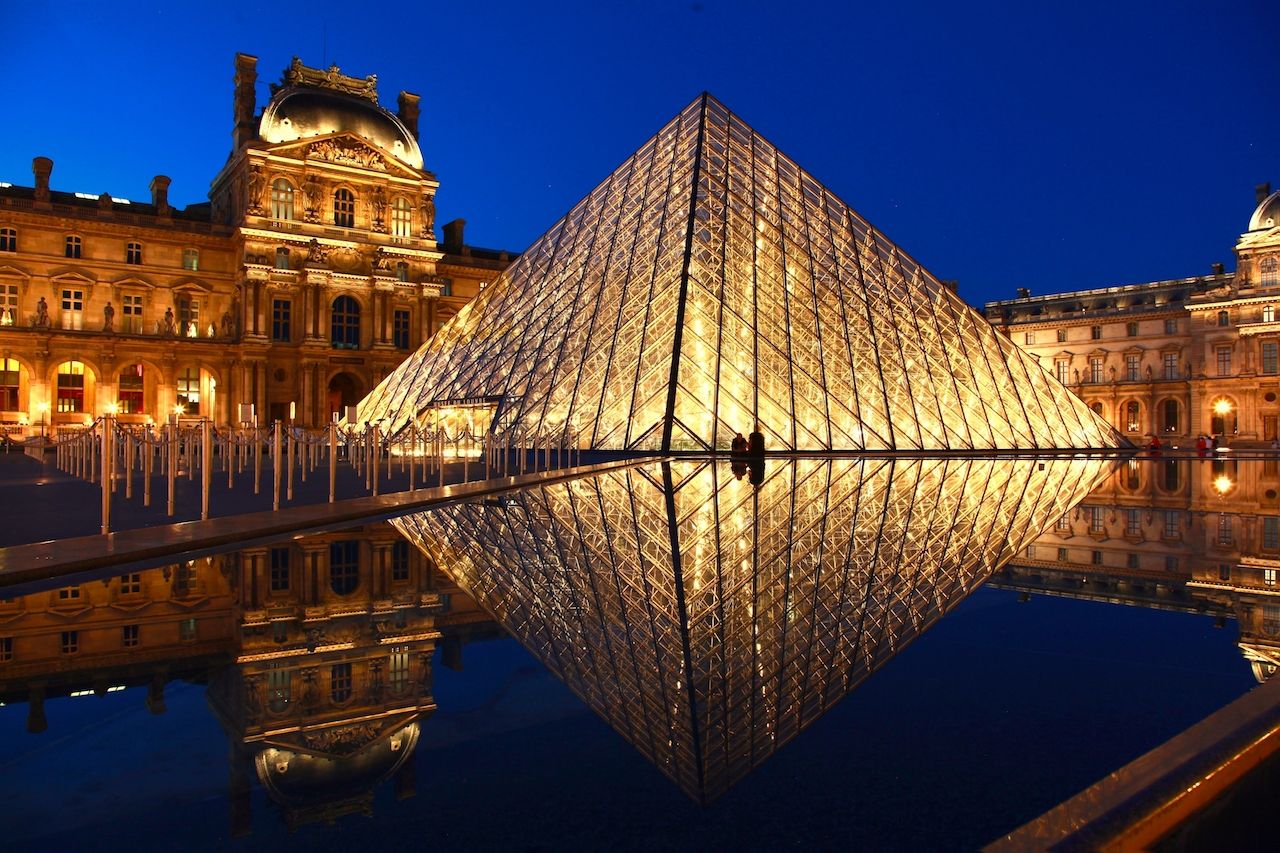
Paris is home to over 100 museums. The most famous museum in Paris is Louvre, which is the world’s largest art museum, featuring permanent displays of the most famous world artists, including Leonardo da Vinci’s Mona Lisa. You can start the tour by entering through an impressive glass pyramid. Les Invalides is a complex of buildings and monuments relating to military history of France including the tomb of Napoleon. Pompidou Centre, designed in the style of high-tech architecture houses the largest museum of modern art in Europe. Don’t miss the nearby Stravinsky Fountain. Musée d’Orsay is located in a former railway station and houses a large collection of impressionist and post-impressionist masterpieces. There are plenty more to discover.
Champs Elysees
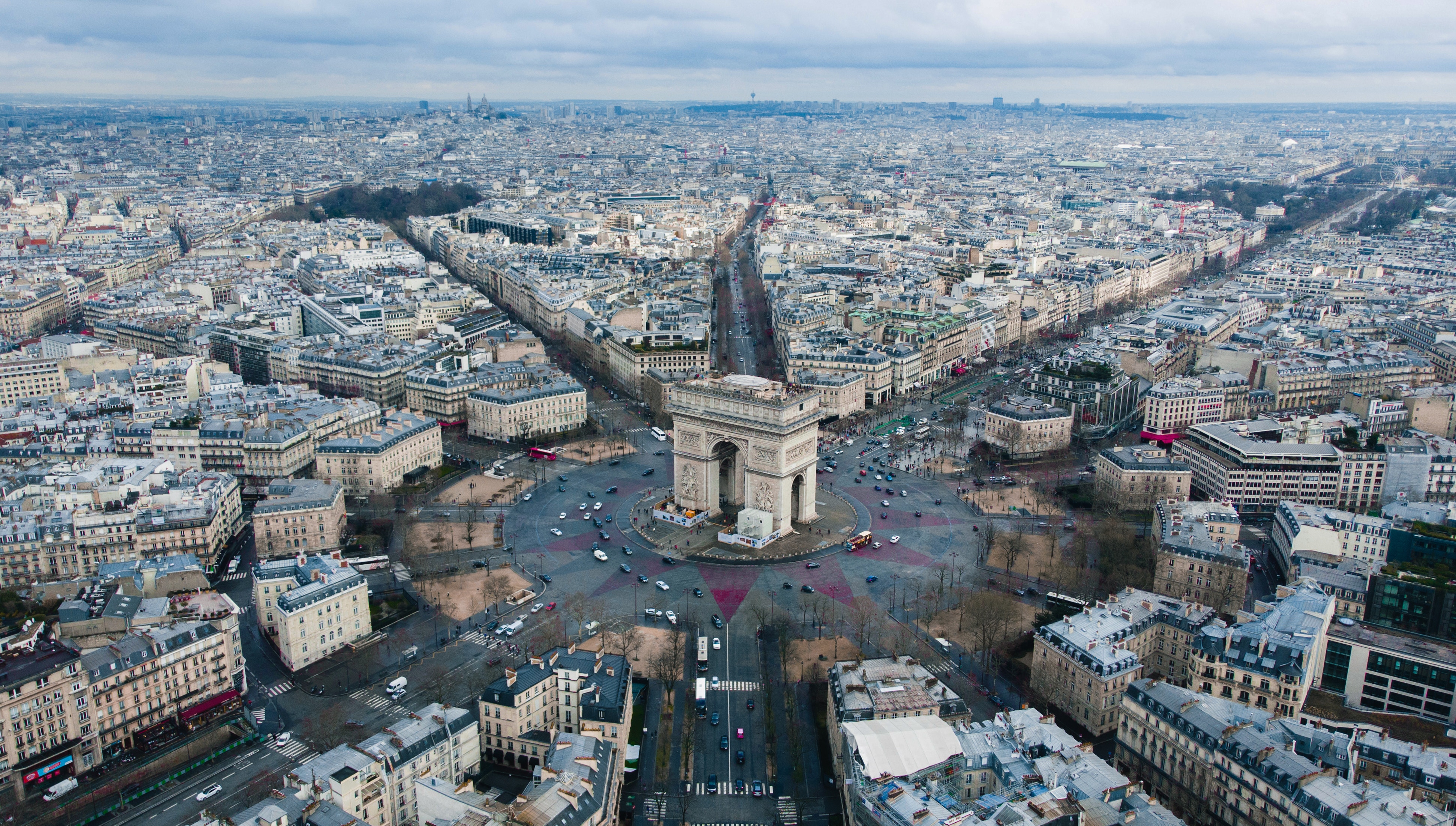
The Avenue des Champs-Élysées is a 1.2-mile-long street located in the center of Paris and is considered to be one of the most recognizable avenues in the world. It features numerous luxury shops, theaters and cafés. Champs-Élysées is the location of the annual Bastille Day military parade, and the finish line of Tour de France cycling race. Before it became a fashionable avenue in the late 18th century, the location was mostly occupied by fields and gardens. At the west side, Champs-Élysées ends with Arc de Triomphe, commissioned by Napoleon in 1806 and inaugurated in 1836, dedicated to the armies of the Revolution and the Empire. Beneath the arch there is a Tomb of the Unknown Soldier, added in 1921.
Parks and Gardens

Paris is full of beautiful city parks and gardens where you can walk, jog, read a book or simply soak in the atmosphere and experience the Parisian lifestyle. Some of the best gardens include: Tuileries Garden is located just next to the Louvre museum and was a popular meeting place for Parisians in the 19th and 20th century. Luxembourg Gardens were created in 1612 as a garden of the Luxembourg Palace, which is now the seat of the French Senate. Bois de Vincennes is the largest public park in the city featuring lakes, gardens, zoo, a botanical garden, castle and other attractions. Paris offers many other parks.
La Defense Business District
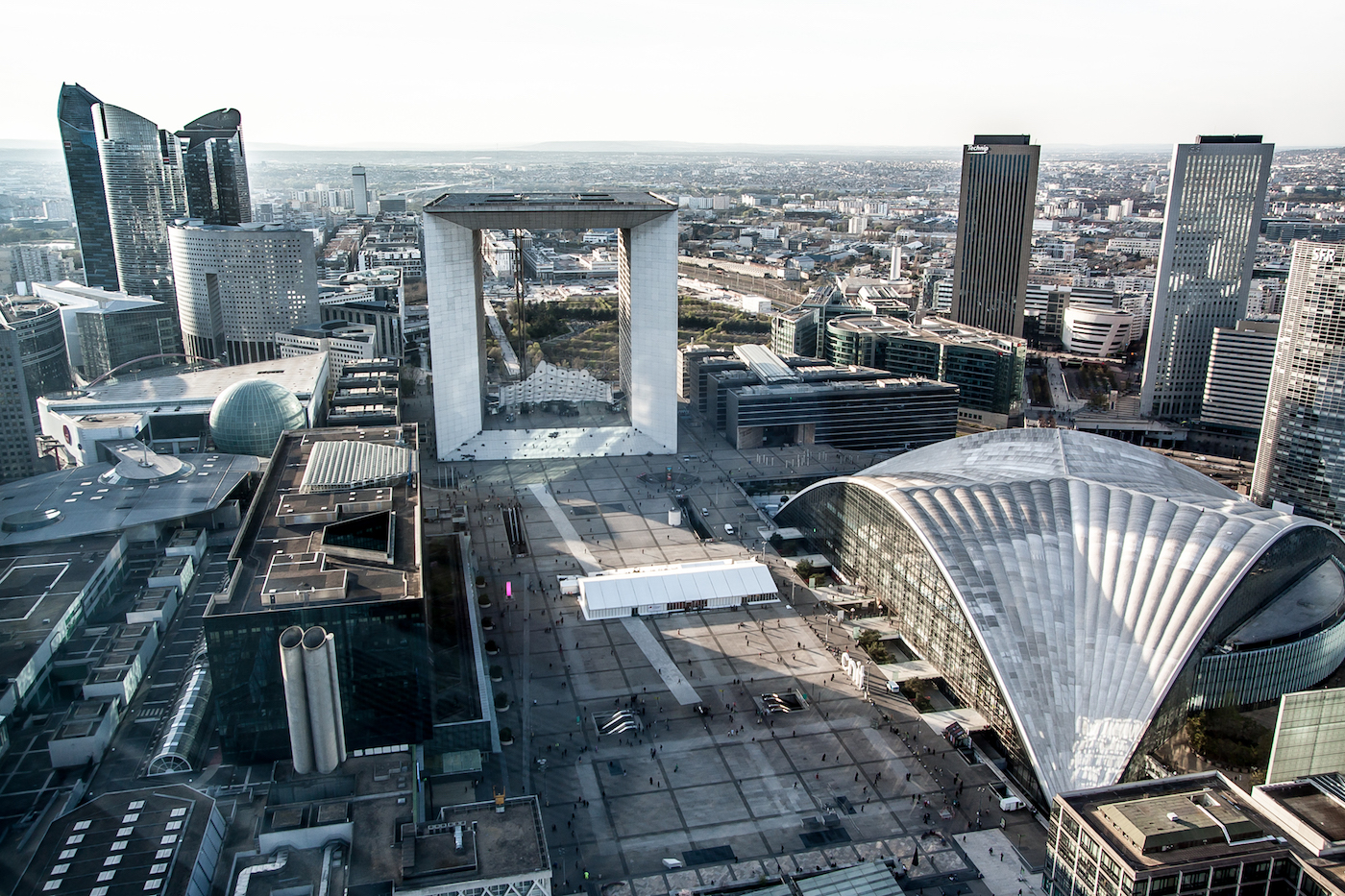
La Défense is Europe’s largest business district containing many of Paris tallest buildings and a large shopping mall with numerous restaurants and movie theaters. La Défense features an impressive modern architectural masterpiece La Grande Arche, a 364 ft tall cubical high-rise mimicking the shape of Arc de Triomphe. You can visit the observation deck and see that the building is perfectly aligned with the Arc de Triomphe located in Paris city center, over two miles away.
Versailles
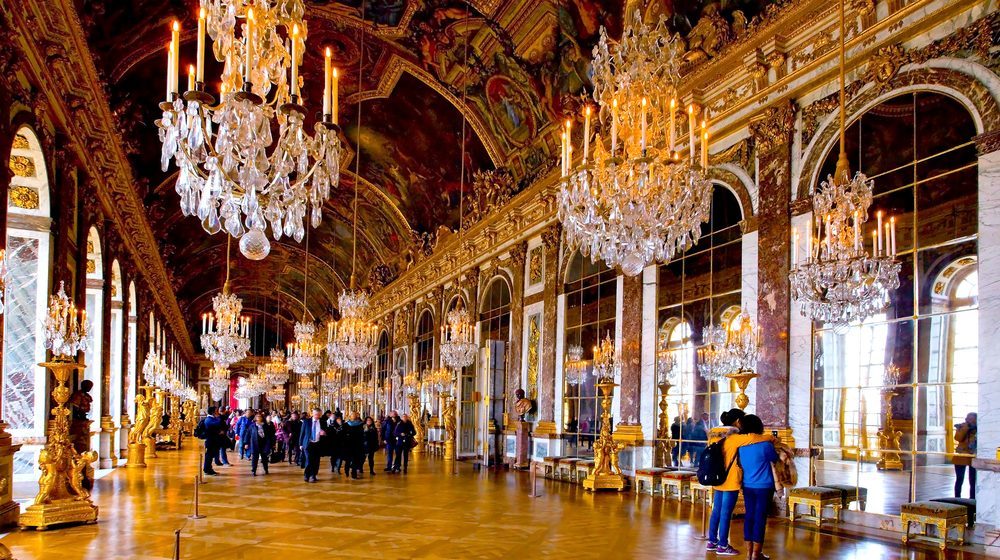
Palace of Versailles is an impressive royal residence of the king of France from 1682 until the start of the French Revolution in 1789. Château de Versailles is located about 12 miles from the center of Paris and is now a UNESCO World Heritage site. The visit offers an insight into the abundant lifestyle of the French royalty before the French Revolution. Walk through the royal Hall of Mirrors, royal apartments, Royal Opera and extensive Gardens of Versailles. The history of Versailles does not stop with the French Revolution. Part of the Peace Treaty of Paris by which Britain recognized the independence of United States and The Treaty of Versailles, which formally ended the First World War were both signed here.
